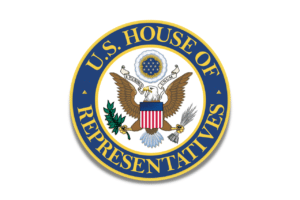The Internal Revenue Service (IRS) published final regulations for the “adder” investment tax credit (ITC) percentages for solar or wind facilities built in low-income communities or in connection with federally subsidized residential buildings. The IRS and the U.S. Department of the Treasury also released a revenue procedure describing procedures to apply for allocation of the credits.
The final regulations provide definitions and requirements for provisions in the Inflation Reduction Act, which taxpayers can receive an additional ten percent on top of the 30 percent investment tax credit (ITC) for solar and wind facilities built in low-income communities or a 20 percent bonus ITC for those built in conjunction with federally subsidized residential buildings, including properties receiving the low-income housing tax credit (LIHTC). Earlier guidance set the annual cap at 700 megawatts (MW) allocation in low-income communities and 200 MW for qualified low-income residential buildings. The final regulations include the financial benefits, definitions of eligible energy storage technology and other details.
Revenue Procedure 2023-27 describes the Department of Energy’s (DOE) application and review process and the IRS’s allocation award process, including that there will be a 30-day period for initial applications each program year, with those properties having priority for allocation. Following that, a rolling application review will take place. The DOE launched a Low-Income Communities Bonus Credit Program page, which it will update with additional information about the application opening date and application materials.

